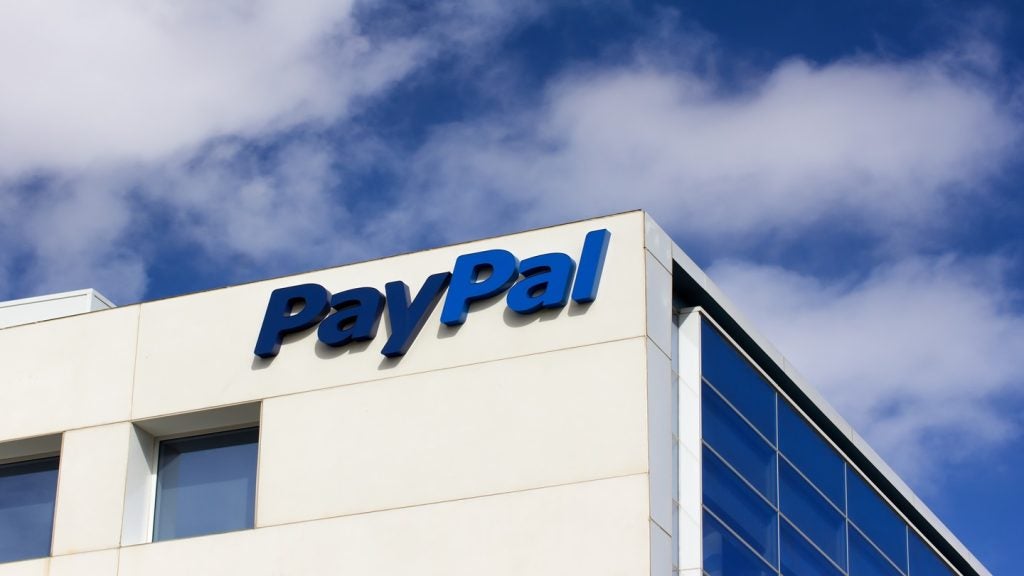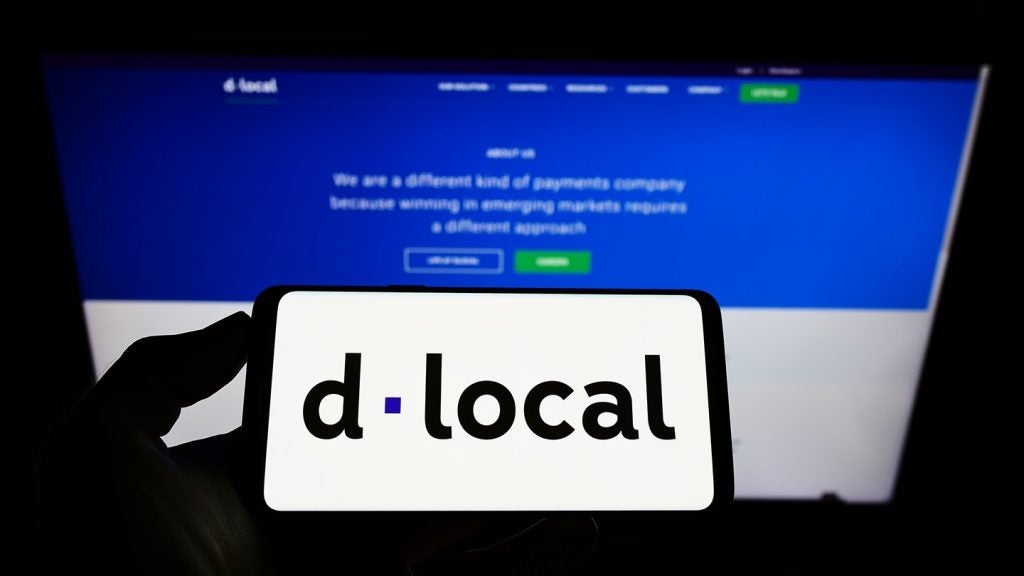The changing face of merchant
acquiring not only creates new opportunities, but also challenges.
In an increasingly competitive market, merchants must explore new
service channels while also keeping an eye on regulatory
developments. Victoria Conroy reports.
 The payment industry maxim that what happens in the US will
The payment industry maxim that what happens in the US will
inevitably happen in Europe seems to be holding true in the case of
merchant acquiring. Gradually, over time, the European acquiring
marketplace has started to resemble the US, with larger players
eventually dominating the space.
Over the past five years, the rate
of consolidation has been rapid, much like what previously occurred
‘over the pond’, with the US landscape dominated by four or five
large players.
But the fragmented nature of the
European payment marketplace means there are some fundamental
differences when comparing European acquiring practices to the US
situation and it could be argued that there is inherent divergence
in Europe, driven by a multitude of factors.
How well do you really know your competitors?
Access the most comprehensive Company Profiles on the market, powered by GlobalData. Save hours of research. Gain competitive edge.

Thank you!
Your download email will arrive shortly
Not ready to buy yet? Download a free sample
We are confident about the unique quality of our Company Profiles. However, we want you to make the most beneficial decision for your business, so we offer a free sample that you can download by submitting the below form
By GlobalDataThe impact of
regulation
Perhaps regulation is the single
most important factor to have reshaped the European acquiring
industry.
Initiatives like SEPA and the
Payment Services Directive (PSD) have been disrupting
long-established business models and regulatory pressure on the
payment networks, and by extension their bank members, forcing
changes to pricing and profit margins.
The introduction of the PSD in
November 2009 has left the field open to non-payment institutions
to enter and bring extra competitive pressure on what is already a
fierce marketplace.
According to European payment
consultancy Edgar Dunn, the PSD could bring about increased
pressure on larger merchant acquirers from smaller and more nimble
players.
Because of their smaller size,
these companies can more readily adapt to the European marketplace
and the existence of national and local payment schemes and
emerging payment trends.
The other regulatory issue that
needs to be considered is the introduction of unbundled merchant
service charges (MSCs) from January 2011, following the European
Commission pressure on Visa and MasterCard over the level of
MSCs.
A recent report from European
payment consultancy PSE Consulting outlined the implications facing
European acquirers from offering unbundled MSCs.
Until now, European acquirers have
priced MSC on the combined costs of card transactions for both
major card schemes to create a single rate. In some European
markets credit and debit products are charged separately but again
use a common rate.
This practice reflects acquirers’
limited ability to charge by card product and scheme separately so
most merchants have not had the option of a more detailed break-out
of acquiring fees.
Only a small number of large
merchants have been able to negotiate interchange plus pricing and
thus receive a full break-out of interchange, card schemes’ fees
and acquirers’ charges.
However, this is about to change,
and the payment schemes were mandated to agree that acquirers would
introduce unbundled MSCs by the end of December 2010, with the
rationale being to ensure merchants would know the exact costs of
each transaction processed and could compare the cost of each
international card payment type.
In essence, unbundling means
acquirers must separate out the costs associated with processing
each card scheme and further subdivide by card programme; for
example, consumer, commercial and debit cards.
European acquirers will no longer
be able to combine all credit and/or debit card products unless
specifically agreed with merchants. This greater visibility into
pricing for the merchant could drive even more change.
PSE Consulting predicts that
European acquirers will offer interchange plus pricing to many more
merchants than is currently the practice.
In addition, acquirers are expected
to start charging separately for individual elements of the
acquiring service, for example, automated clearing house rejects,
chargebacks, refund processing and statement fees.
As interchange rates continue to
decline, merchants will see a decline in headline MSC rates but
will begin to pay for services previously embedded in bundled
pricing.
Merchants will have greater choice
as a result of unbundling and will be able to pick and chose which
card product to accept.
The changing face of consumer
payment preferences will also come into play, with consumers now
having a wide array of payment options to chose from and also a
greater choice of channels. The advent of e-commerce will have
specific implications for merchant acquirers operating in this
space.
Acquirers will increasingly need to
be able to provide enhanced technology support and operational
functions to better service their merchant customers.
As an example, US payment
consultancy First Annapolis recently conducted primary research on
the channel orientation of UK card-accepting merchants, finding
that of the roughly 500,000 merchants in the UK accepting cards,
60% are actively processing card-not-present (CNP) volumes.
CNP now accounts for over 40% of UK
Visa/MasterCard volume and according to First Annapolis estimates,
virtually all of the growth expected in the UK cards market in the
coming years will come from e-commerce.
For acquirers, it is crucial they
can provide a fully-integrated, multi-channel offering to the
market as there is an obvious and overwhelming demand for what has
traditionally been a product fragmented by channel, along with a
well-formulated e-commerce strategy.
The impact of loyalty
evolution
Perhaps another important factor
will be the continuing evolution of payment card loyalty
programmes.
It is rare for credit cards in
developed markets to come without some form of loyalty programme or
rewards scheme attached and consumers usually expect them to be
included as a standard feature nowadays.
However, the ubiquitous nature of
the loyalty scheme proposition, from originating as a way of
differentiating cards, has itself become increasingly competitive
and saturated.
Cardholders could be forgiven for
thinking that one loyalty scheme looks very much like another,
giving little incentive to change their allegiances.
Over the last few years, financial
institutions have sought to evolve their loyalty propositions from
simple points-based schemes into a wider choice of propositions,
features and benefits.
A look at the European marketplace
shows just how much change has occurred as issuers seek to stand
out from the crowd, with a shift towards merchant-funded rewards
schemes sweeping over the market – Barclaycard’s Freedom programme
is perhaps the most notable recent example of such a scheme at
play.
Behind the scenes, however, there
is another factor at play – that of the relationship between the
merchant and its acquirer. Many in the industry argue it is the
merchant that gains the most benefit from offering a loyalty
scheme, with greater visibility of customer spending, analysis of
transactional behaviour and improved communications with
customers.
Yet the merchant acquirer also has
issues to contend with in relation to loyalty schemes. Again, the
US marketplace would appear to be indicating where the European
marketplace may be headed.
A recent report from US payment
consultancy Aite Group shines the spotlight on the challenges
facing US merchant acquirers. According to the report, it has been
proven by many industries how points and rewards can drive sales
and usage; the card issuing industry, for example, did very well
using points and rewards.
Despite this, points and rewards
contribute to decreased profit margins. If merchant acquirers start
giving points to the types of merchants they want to retain, the
expense will have to come out of the pocket of the merchant
acquirer.
The market opportunity is to bring
merchants new customers or a value proposition that retains the
customers that they already have.
Three types of companies have
achieved or are achieving this: group coupon, mobile-based
marketing, and merchant-funded rewards companies.
Market
variations
Group coupons are internet-based
coupon companies that bring new customers or existing ones via a
company’s website, and which typically split the revenues generated
from coupons with the merchant.
In fact, a lot of these merchants
are taking a loss once they factor in the overhead, the cost of the
goods and services, and the staffing needs to fulfil the orders.
Merchants are, however, counting on the repeat business in order to
generate more sales in the future.
Aite contends that this model is
going to come under attack from other market players because of
three factors:
- Some merchants don’t see
return on investment on the offers that they make and have to be
very careful to prepare for their offers logistically (eg increased
labour and supply costs); - Some merchants don’t
necessarily see new traffic – the same old consumers that have been
shopping at their stores often take advantage of the offers;
and - Merchants find 75% of the
face value of their services is a very high price to pay for
acquiring new customers.
Merchant-funded rewards were the
recourse of many issuers seeking to provide value to their
cardholders without increasing the cost of reward fulfilment. In
this case, a loyalty management company negotiates a deal with
merchants and offers these deals to an issuing bank or any
organisation that seeks to offer added value to their membership
base.
The issuing bank has to pay for
integration and for the transactions, and merchants have to pay for
integration and must offer some kind of a discount or a special
offer.
This model shows how banks that own
the relationship with their customers, and in some cases with the
merchant as well, are willing to spend money connecting them.
The third and last market
opportunity is mobile-based marketing. In this case, a mobile-based
marketing company recruits customers directly, but also through the
help of merchants, and collects their mobile phone numbers.
The consumers specify what kinds of
deals they would like to receive. Merchants decide when they want
to send a deal to consumers and, if so, what kind of deal they want
to offer.
The merchant enters the offer on a
web dashboard and it is instantly sent to all consumers via text
message to all the consumers who have signed up for the
service.
Creating new
opportunities
Aite states that merchant acquirers
and in some cases their bank parents, are missing an opportunity to
bring new clients to their merchants.
For the bank that has both an
issuing and acquiring arm, the opportunity is very interesting,
especially at the local level. The group coupon model,
merchant-funded rewards and the mobile-based marketing demonstrate
four important points:
- Merchants are willing to
offer up to 75% of the face value of their merchandise and services
in order to acquire new customers; - Merchants are willing to pay
a flat monthly fee in order to communicate instantly with potential
customers; - Customers are very receptive
to larger discounts offered by merchants, as opposed to smaller
discounts; and - Customers show eagerness to
cash in the offers provided by local merchants.
Banks in unique
position
Aite’s report concludes that an
opportunity becomes clear when banks can approach their own
merchants and secure participation in a rebate programme that is
designed to help drive traffic to the merchant and provide the
bank’s credit and debit cardholders with rebates at the local
merchants for which the bank processes.
Banks can actually charge for such
a programme; merchants have demonstrated that they are more than
willing to pay for exposure to new traffic.
Banks are also in a unique position
to learn from the different models that exist today and combine the
best of their offers in order to reach these customers.
Banks can develop the social networking model by adding aspects
of mobile marketing technology (sending instant offers to enrolled
cardholders) and charge merchants for their use of such a platform.
In this way, banks are the most well-positioned party to generate
revenue from interchange, acquiring fees and participation
fees.







